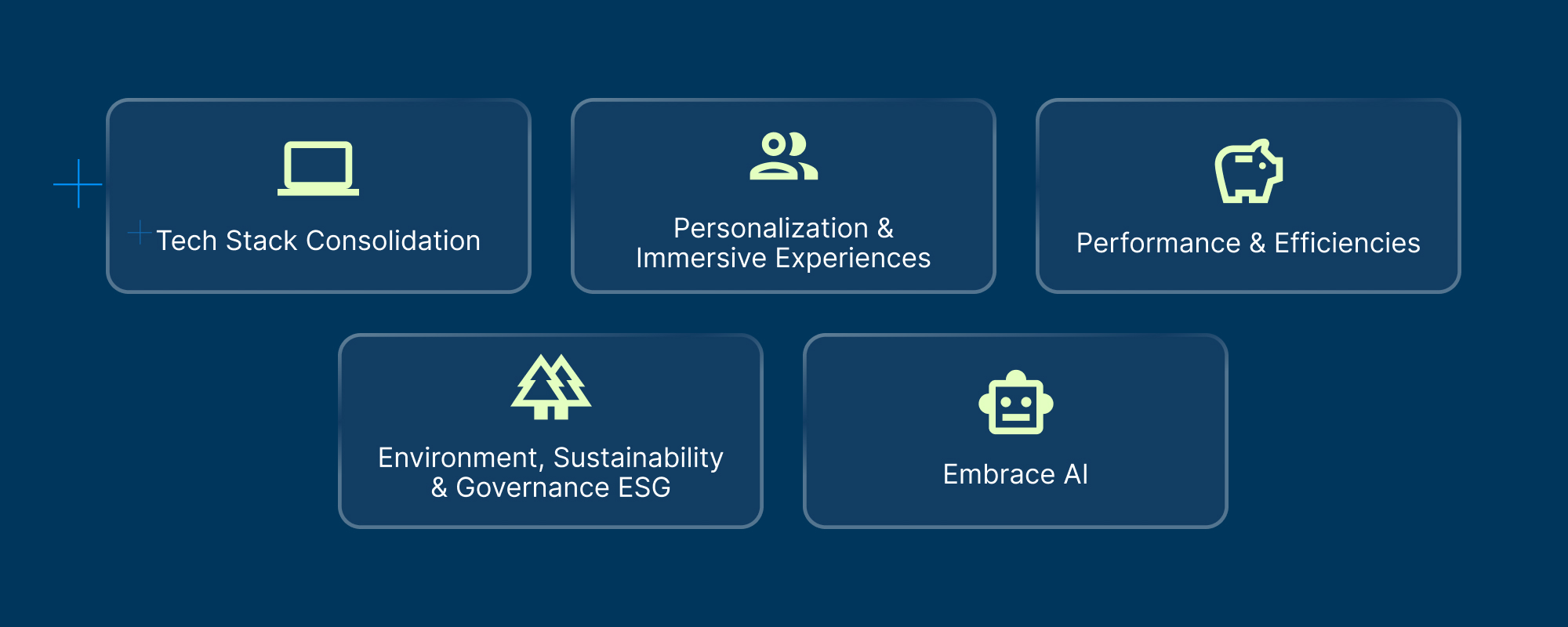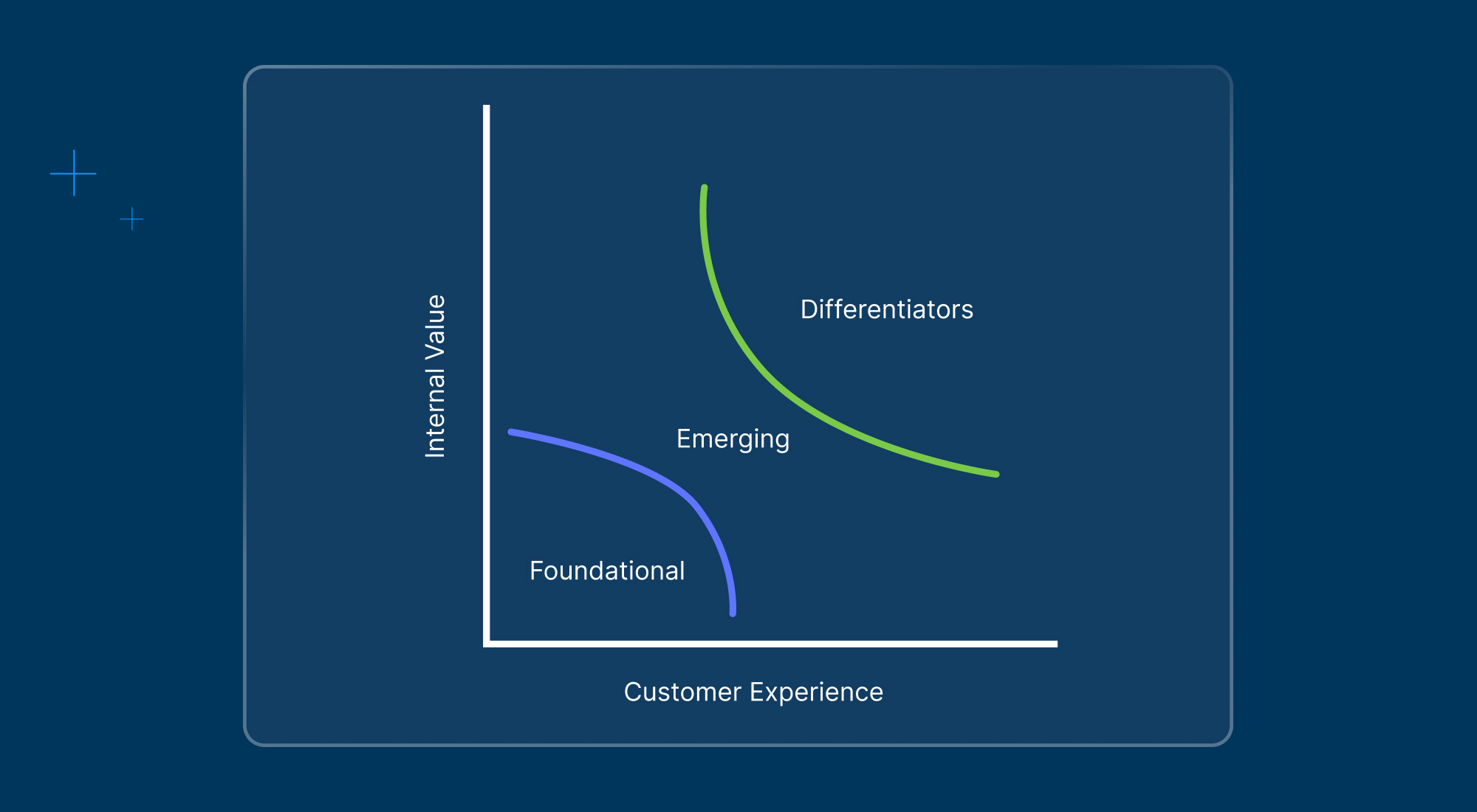Most digital content teams don’t have a content problem. They have a systems problem. Assets are scattered, workflows are manual and/or riddled with bottlenecks, and teams spend more time searching for files than publishing content.
The organizations making real progress aren’t just creating more media. They’re getting smarter about how they manage it. They’re streamlining workflows, reducing redundancy, and using media strategically to drive performance, personalization, and sustainability.
Through our work with thousands of customers, we’ve identified five areas where digital content teams can unlock the most value from their Cloudinary instance.
They are:

Reducing siloed tools and disconnected systems can free up time, cut costs, and create a smoother creative pipeline. According to Harvard Business Review, companies using integrated, streamlined technology stacks report a 26% increase in productivity and significantly lower costs related to duplicated efforts and siloed systems. As content demands grow, consolidating tools and adopting the Microservices, API-first, Cloud-native SaaS, and Headless architecture (MACH) approach isn’t just efficient, it’s necessary to stay competitive. Bottomline, moving to a more unified, API-first architecture saves money.
No one likes generic visuals. Visitors to your site want content that feels made for them. McKinsey found that companies that excel at personalization drive 40% more revenue from those efforts than their slower-moving peers. Cloudinary helps brands serve hyper-targeted visuals — based on location, behavior, or device — without adding friction to your workflow.
Slow sites kill sales. According to Google, a one-second delay in page load time can lead to a 20% drop in conversions. Cloudinary automates routine media tasks — like image optimization, smart cropping, and asset tagging — so your teams can focus on creativity, not repetitive work. The result? Faster launches and better customer experiences.
Digital assets aren’t weightless. They live on servers, and those servers consume energy. A 2023 study from the International Energy Agency found that data centers now use 1-1.5% of global electricity. Cloudinary helps brands reduce unnecessary media storage and delivery — cutting bandwidth, costs, and emissions — while improving accessibility and load speeds.
AI is here. Deal with it. From generative content to predictive tagging, media teams using AI tools can iterate faster and make more strategic decisions. With Cloudinary, automation isn’t just smart, it’s scalable and secure.
Through years of working with customers, we’ve identified three stages of media maturity on the Cloudinary platform:
- Foundational. Handling basics like image resizing and compression.
- Emerging. Integrating video, UGC, and AI-powered asset management.
- Differentiators. Leading the way with dynamic personalization, 3D, AR, and end-to-end automation.

Most brands are still in the Foundational or Emerging stages meaning there’s a huge opportunity to level up.
Ready to move toward Differentiator status? Here’s where to start:
- Optimize your stack. Embrace composable architecture and centralized asset management.
- Enhance personalization. Use dynamic media tailored to user behavior and context.
- Automate with AI. Speed up workflows with smart tagging, cropping, and versioning.
- Prioritize sustainability. Optimize content delivery to reduce emissions and improve digital accessibility.
- Explore immersive media. Add 3D and AR experiences to showcase products in real-world environments.
Our Customer Success team will help you assess where you are, where you would like to go, and how to get there.
Learn more. Contact us directly or drop us a line at support@cloudinary.com.



